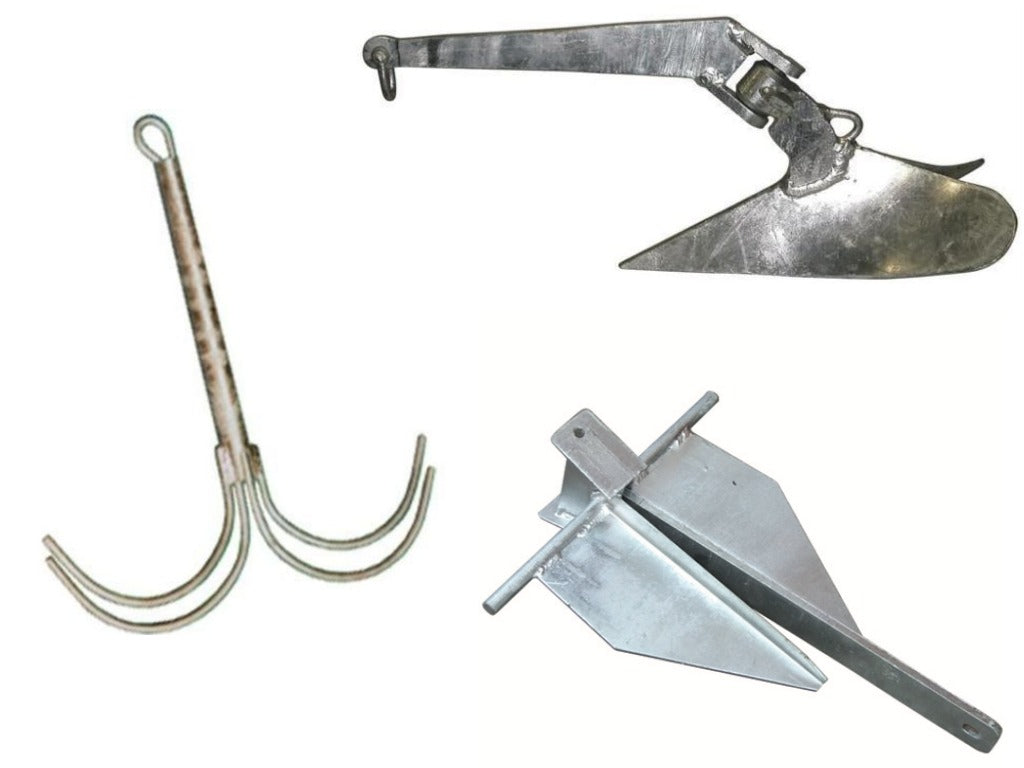
We've all seen how to anchor a boat in cartoons or in movies: chuck it overboard and Bob's your uncle - you're all set! The reality on the other hand is quite different. There is a technique to setting an anchor safely and securely, as well as choices to be made about the most appropriate anchor for the situation.
What kinds of anchors are there?
While there are many different kinds of anchors, there are three that are very common:
Sand anchor - These are the most popular anchors. They are good in sand and mud and come in a variety of weights for boats of different sizes.
Plough anchor - Similar to sand anchors, plough anchors are designed for heavier crafts. They usually have retrieval eyes for ease of removal if snagged.
Both sand and plough anchors work by lodging into the bed or floor of the body of water you're boating on.
Reef anchor - Used for temporary anchoring, reef anchors are unlike the aforementioned in that they don't anchor into the ground - they instead grab onto things like rocks or coral. When force is applied, the prongs on the end become straight, allowing you to retrieve it. Boats that are reef anchored shouldn't be left unattended.

How do you set an anchor?
While there's some variation in technique - depending on the kind of anchor you're using and the bed of the body of water you're boating on - anchoring generally involves the following steps:
1. Find an appropriate spot to set your anchor, free of debris and other anchored boats. Keep in mind that your boat will sit some distance downwind or downcurrent from this point once your line is fully let out.
2. Stop the boat and lower your anchor over the bow right to the bottom.
3. Slowly reverse your boat downwind or downcurrent, letting out between seven to 10 times as much rope or chain as the water is deep. This is known as your scope. In some cases you wont be able to have that much scope, because of crowding or a tight spot, but the closer you can get to this ratio, the better set your anchor will be.
4. Once your line is out, use the boat to pull back on the anchor - this will set the anchor in the ground tight. Remember, for a ploughing type anchor to set properly, the pull on it needs to be as horizontal as possible.
When you're ready to move from your position, all you need to do is drive up to the anchor and pull it upwards. Because the anchor is designed to dig in with horizontal force, the fact you're above it should allow you to release it easily.
For more boating tips and tricks, check out some other articles on our blog!




